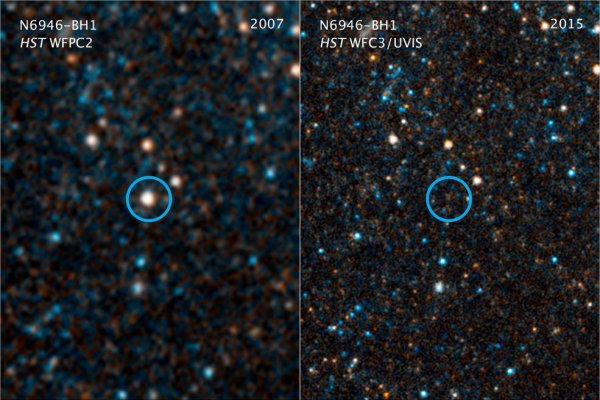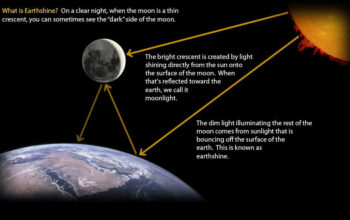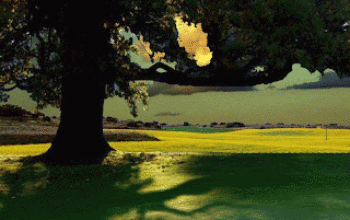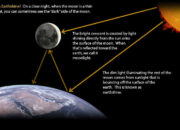The universe, a vast tapestry of celestial phenomena, continues to astound the human intellect through its intricate and often enigmatic workings. Among the most captivating occurrences within this cosmic realm is the birth of black holes—stellar remnants that command both fascination and dread. Significantly, contemporary astronomical advancements have afforded scientists the capability to witness these dramatic cataclysms in real-time. In the pursuit of unraveling the enigmas of the cosmos, astronomers have now engaged in a rare pas de deux with destiny, observing the spectacular transition of a collapsing star into a black hole.
The life cycle of a star is a narrative fraught with magnificence and tumult. It begins in the cosmic nursery of a nebula, where clouds of gas and dust coalesce under the influence of gravity. This gravitational dance initiates nuclear fusion, propelling a star into its stable phase, where hydrogen is transformed into helium, releasing vast amounts of energy. However, the fate of stars is not uniform; their eventual destiny hinges on their mass. Massive stars, those behemoths of stellar creation, face an inevitable demise far more dramatic than their less substantial counterparts.
As these stellar giants exhaust their nuclear fuel, they confront a cataclysmic phase in their evolution. The core collapses under the weight of its own gravity, while the outer layers are expelled in a ferocious explosion known as a supernova. This moment is not merely a death knell but rather an intricate ballet of death and birth, the remnants of the obliterated star paving the way for new cosmic entities, including neutron stars or, in cases of extreme mass, the enigma that is the black hole.
The phenomenon of a black hole can be enveloped in metaphorical richness. One might liken it to a cosmic vacuum cleaner, voraciously consuming all matter within its gravitational grasp, yet such a description belies the profound complexities involved. Black holes are singularities, points in spacetime where the gravitational pull is so intense that not even light can escape, rendering them invisible to ordinary observation. Instead, they are detected indirectly through their effect on nearby objects and the light emitted from matter being inexorably drawn into their depths.
The recent observational prowess of astronomers marks a pivotal moment in our understanding of these celestial entities. Utilizing advanced observational instruments such as the Hubble Space Telescope and various ground-based observatories, astronomers have attained the unprecedented ability to detect light emitted during the final moments of a star’s life. This moment serves as a harbinger of transformation, as the luminous presence of a collapsing star morphs into the abyssal void of a black hole.
A critical aspect of this observational campaign is the study of gravitational waves, ripples in spacetime produced by the violent motions of massive bodies. The historic detection of gravitational waves heralded a new era of astronomy, merging the realms of electrical and gravitational wave observations. This interdisciplinary approach has intricately linked the fate of dying stars to the genesis of black holes, allowing astrophysicists to glean vital insights into the mechanisms driving these cataclysmic events.
Such discoveries not only illuminate the mechanisms of stellar evolution but also raise profound philosophical questions about the nature of reality itself. The very existence of black holes challenges our understanding of the fundamental laws that govern the universe. They exist at the precipice of science and metaphysics, encapsulating the dichotomy between chaos and order. The birth of a black hole can be viewed as the universe’s darkest paradox, where destruction breeds creation, and the end of one entity precipitates the emergence of a more elusive phenomenon.
This evolving narrative resonates with metaphysical undertones. As we observe the cosmos unfold, we are reminded of the transitory nature of existence. The luminosity of stars is an ephemeral flicker against the eternal canvas of blackness, where black holes serve as the ultimate reminders of the universe’s impermanence. The shimmering light of a dying star may well be one of the last vestiges of a once vibrant entity, transitioning serenely into an unseen realm that defies human comprehension.
The implications of witnessing the birth of a black hole extend beyond mere academic curiosity. Understanding the lifecycle of these enigmatic entities is fundamental to comprehending the architecture of the universe. Black holes act as central nodes in the gravitational web of galaxies, influencing their formation, structure, and evolution. Their presence alters the trajectories of surrounding celestial bodies and contributes to the overall dynamism of cosmic systems, reminding us that every ending is inherently intertwined with new beginnings.
In conclusion, the era of witnessing the birth of black holes encapsulates a profound interplay of science and mystery. Through meticulous observation, astronomers have not only shed light on one of the universe’s most enigmatic phenomena but have also engaged in a broader existential dialogue about the nature of existence itself. As we continue to peel back the layers of the cosmos, each revelation leads to further questions—embarking us on an eternal quest for understanding the metaphysical fabric of reality woven through the stars.








